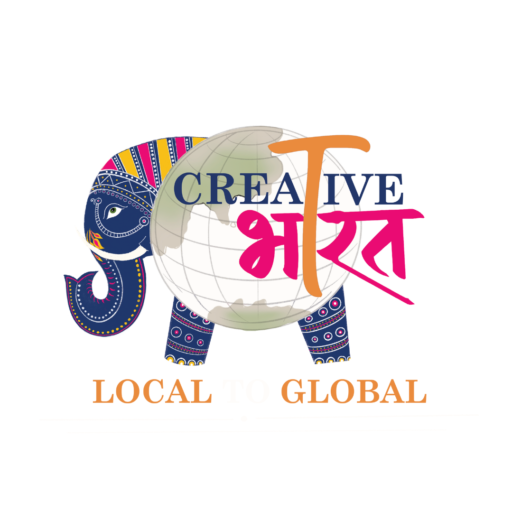Your Type by Tanya George: When signs become sounding boards
Weird things happen when you make words work across scripts. The letter W gets its name from the French double vé (pronounced doo-bluh-vay), which translates to “double v”, which is exactly what it looks like. Now try and match that sound in Marathi. It requires some more letterforms and some matras that don’t connect well if you don’t have a good font. These connections used to be easier to write and paint. But these days, even hand-painters are influenced by digital font templates. This is more likely to crop up in North Indian languages, as in the Hussunally and Company sign in Hindi and Bangla, where the shirorekha does not connect. The letters were carved into wood separately and then arranged on site.

Similar issues crop up when using a letterpress. Though I have a soft spot for sweet signs like the one for plumber where the ma and the ba don’t connect.
One intriguing side-effect when languages intersect is transliteration (replicating the sounds of one language into another, rather than the meaning), especially when English words are rendered in Devanagari. Hindi or Marathi words that end in a consonant ending are naturally pronounced without the short, neutral, and relaxed “uh” sound. So, the halant (that trailing foot at the end of the script) just creates clutter. But in Odia, the halant at the end of House makes perfect sense. It actually captures the accent of the speaker, and does a good job of communicating.

The signs that grate on me the most? Ironically, ones that proclaim love. Across the country, neighbourhoods have been setting up public signs declaring: I Heart [insert location]. As someone who’s lived in Kalina, I’ve grown fond of many things. But the I Heart Kalina installation rings hollow. In Kolkata, the Municipal Corporation has installed “I Love [Ward No.]” signs across all 120 wards. Do they promote genuine affection, or contribute to visual and light pollution?

The trend sprung in 2016, when Rocky Malaviya and Hanif Kureshi designed a sign proclaiming love for Mumbai. Theirs was a homage to Milton Glaser’s 1976 I Heart NY sign. And they tweaked the Marathi La (in Love) to form a heart shape above the English text and also form the M in Mumbai. It feels tender, clever, deeply rooted.
Glaser has said that his design was meant to be “a declaration of love carved into a tree trunk”. It was sincere, grounded, and purposeful, while also being commissioned by the New York State Department of Commerce. By contrast, these cheap Indian imitations feel more like declarations of love one spots defacing monuments. Performative rather than heartfelt.
From HT Brunch, August 23, 2025
Follow us on www.instagram.com/htbrunch


